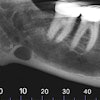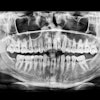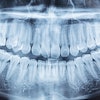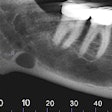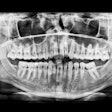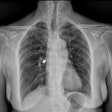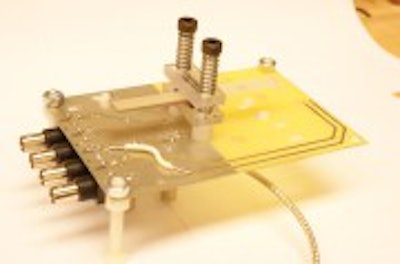
A University of Missouri engineering team has invented a compact source of x-rays -- about the size of a stick of gum -- that could be used to create inexpensive and portable x-ray scanners (IEEE Transactions on Plasma Science, January 2013, Vol. 41:1, pp. 106-111).
The researchers expect to have a prototype handheld x-ray scanner using the technology in about three years, according to Scott Kovaleski, PhD, an associate professor of electrical and computer engineering. The cellphone-sized device could improve medical services in remote and impoverished regions and reduce healthcare expenses everywhere, he added.
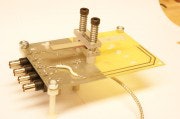 This compact x-ray source developed at the University of Missouri produces more than 100,000 volts of electricity from only 10 volts of electrical input. Image courtesy of the University of Missouri.
This compact x-ray source developed at the University of Missouri produces more than 100,000 volts of electricity from only 10 volts of electrical input. Image courtesy of the University of Missouri.
In dentistry, the compact x-ray generators could be used to take images from the inside of the mouth shooting the rays outward, reducing radiation exposure to surrounding tissues, Kovaleski noted in a university press release.
The device uses a crystal to produce more than 100,000 volts of electricity from only 10 volts of electrical input with low power consumption. Having such a low need for power could allow the crystal to be fueled by batteries, the researchers noted. The crystal, made from lithium niobate, uses the piezoelectric effect to amplify the input voltage.
The accelerator could also be used to create other forms of radiation in addition to x-rays, according to Kovaleski.
"Our device is perfectly harmless until energized, and even then it causes relatively low exposures to radiation," he said. "We have never really had the ability to design devices around a radioisotope with an on-off switch."
